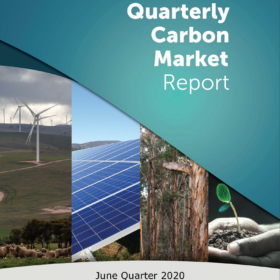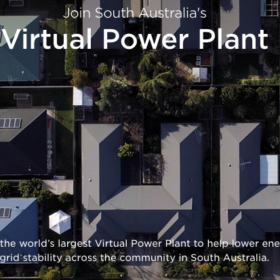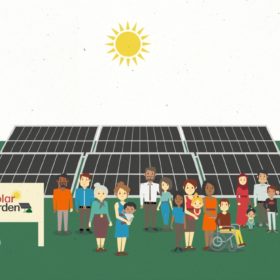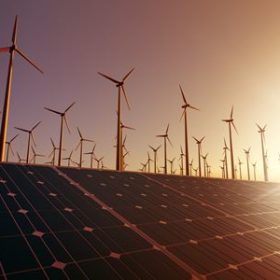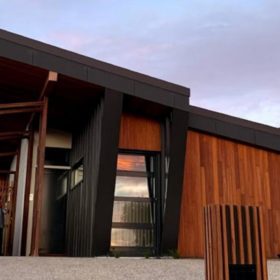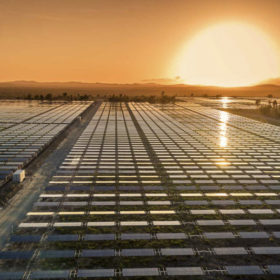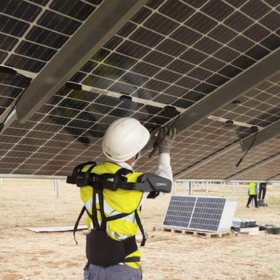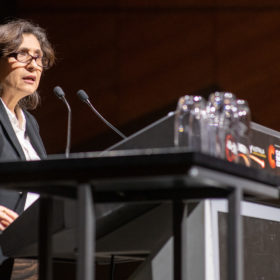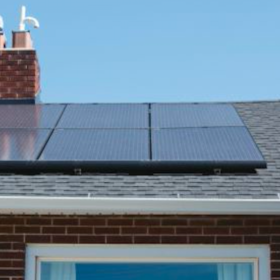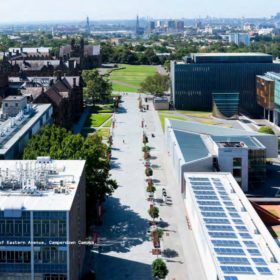Reading between the lines of the Quarterly Carbon Market Report
The Clean Energy Regulator puts an optimistic spin on solar development in its Quarterly Carbon Market Report for the second quarter of this year. Angus Taylor opportunistically leaps on the news. But with 28.4 GWac of renewable projects seeking connection, investors take matters into their own hands.
SA social housing to become world’s biggest VPP
3,000 social housing properties in South Australia are to be transformed into the world’s largest virtual power plant (VPP). Tesla has picked up a grants ARENA and the SA Government, and an investment from CEFC to execute the $60.6 million project, which is intended to deliver lower electricity costs for residents and a more stable grid.
Australia’s first large scale solar garden – city dwellers of the world, unite!
Almost a third of Australians are locked behind the solar barrier, they’re renters, tenants, urban apartment-dwellers who don’t have the luxury of installing their own solar PV. However, now city-dwellers can participate in the solar transition too, by becoming members of the Haystacks Solar Garden which operates in much the same way as community garden.
ANU study shows Australia still leading per capita renewable uptake, but policy is stifling progress
New analysis from The Australian National University along with recently published figures from the Clean Energy Regulator demonstrate that Australia remains the world leader in wind and solar deployment per capita, particularly rooftop PV. However, federal policy is failing to invest in desperately needed infrastructural upgrades.
Forget 7-star luxury, Adelaide is now home to a 10-star sustainable home
South Australia’s first ten-star home was completed last month, a home that consumes twenty times less energy than the average Australian household, in part thanks to its Fimer React 2 solar hybrid system.
NAIF lends support to NT’s first privately owned solar and gas projects
The Federal Government’s Northern Australia Infrastructure Facility is backing Melbourne-based investment firm Merricks Capital to the tune of $37 million for the construction of a 10 MW solar farm and a 12 MW gas power plant south of Darwin. The twin projects are set to be the first privately owned and operated energy projects in the Territory.
Exoskeletons for solar panel mounting
Endesa, the Spanish unit of Italian power group Enel, is using a new technology in the construction of three solar parks in southern Spain.
VRET-2 takes shape as a part of Victoria’s Covid-19 recovery plan
The Victorian state government is sounding out the market to support the development of “at least 600 MW” of renewable energy projects in the state. Building on the VRET program, which saw close to 1 GW of wind and solar development under reverse auction, the government is looking to foster a renewables-led recovery from the pandemic.
We’re doing it wrong, UniSA study shows residential solar panels are facing the wrong way
A University of South Australia study has demonstrated that while solar panels in Australia are typically installed facing north to catch most of the sun’s arc, if you’re looking to export your solar into the grid you should really be orientating your panels to minimise the discrepancy between the times of peak use and peak production.
Sydney Uni commits to 100% renewables, but still under pressure to divest from fossil fuels
The University of Sydney’s recently released Climate Statement makes a raft of commitments across a range of sustainability fronts, most notably a commitment to source 100% of its electricity from renewable sources by 2025 and reach net zero emissions by 2030. However, Australia’s oldest university is still under pressure to divest from fossil fuels.
